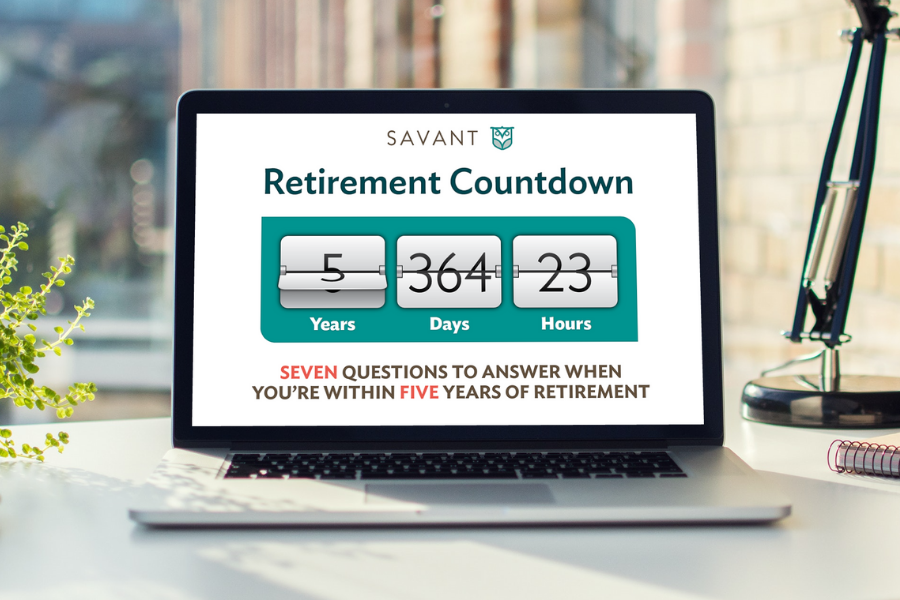Questions to Answer Before You Retire
Retirement Countdown Guidebook
You have been planning for this moment throughout your career—and when you’re about five years away and have at least $500,000 saved, it may be time to start the final approach. It can feel stressful because there isn’t much room for error. Our guidebook offers some questions to answer before you retire.
As you prepare for your next chapter, you’ll encounter several challenges and complex decisions. Most people will only retire once, which is why determining the timing can feel particularly daunting.
We have helped guide thousands of people into retirement and distilled that collective wisdom in this guidebook. Every journey is unique, but there are always common threads. This guide is a collection of our foundational beliefs, perspectives, and strategies about retirement.


